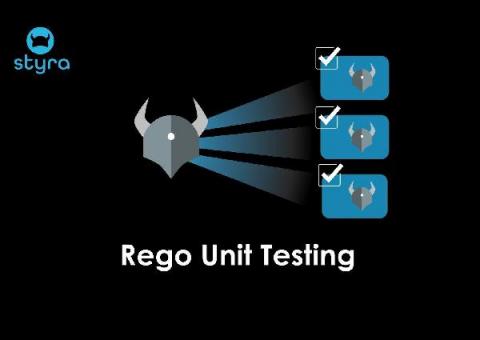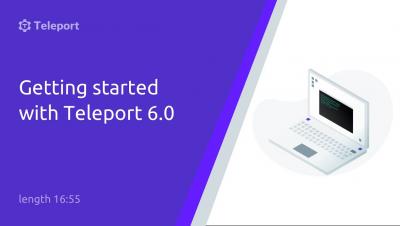Debunking Top Cloud Misconfiguration Myths
Do you remember all the apprehension about cloud migration in the early days of cloud computing? Some of the concerns ran the full paranoia gamut from unreliability to massive overcharging for cloud services. Some concerns, such as the lack of security of the entire cloud infrastructure, rose to the level of conspiracy theories. It is nice to know that those myths are all behind us. Or are they? It seems that many of the earlier misconceptions have been replaced with new notions about the cloud.











